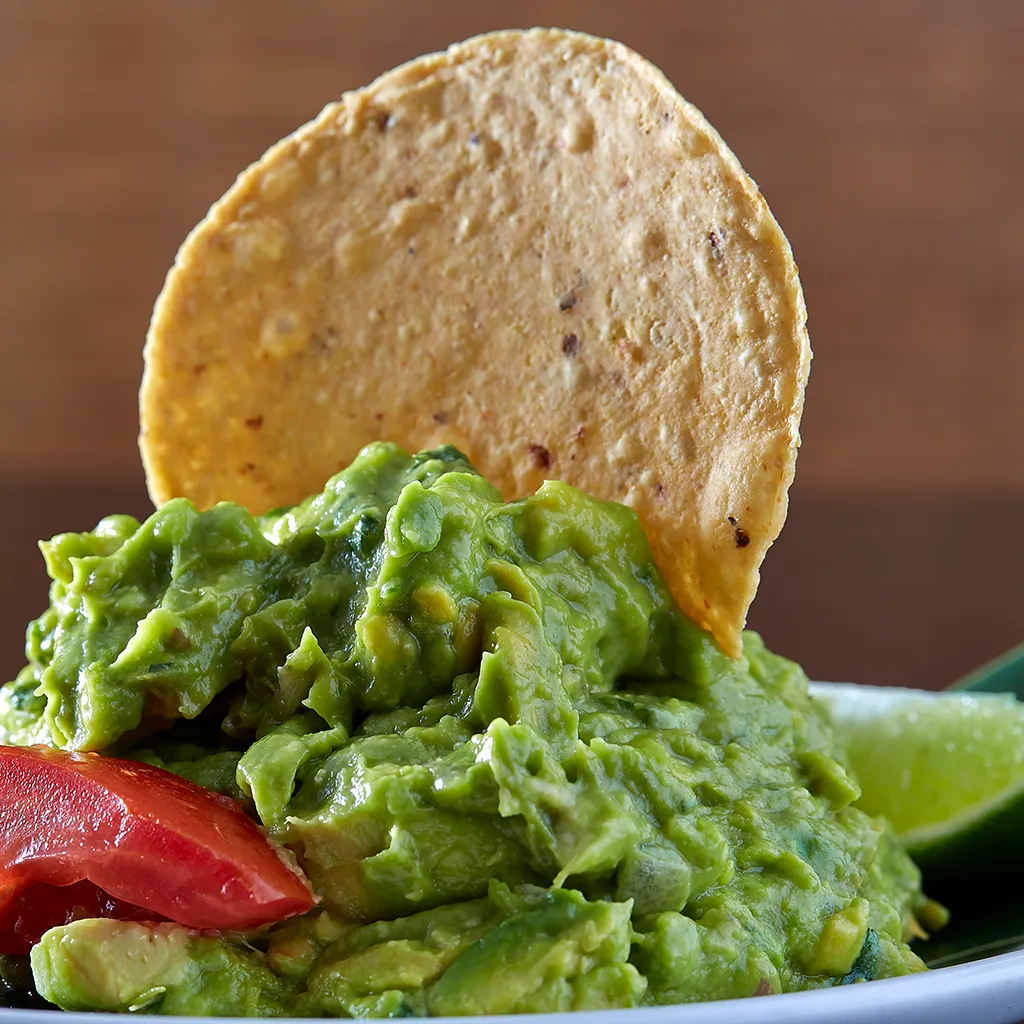10 Tips on the History of Tex-Mex Cuisine
You might think Tex-Mex is just a blend of Mexican and American food, but its history runs much deeper. Originating from the fusion of various culinary traditions, each layer of flavor tells a story of cultural exchange and adaptation. From the influence of Indigenous ingredients to the arrival of European settlers, the evolution of Tex-Mex is a fascinating journey worth exploring. What key moments helped shape its identity, and how do modern interpretations continue this legacy? The answers might surprise you.
Early Influences on Tex-Mex
The roots of Tex-Mex cuisine can be traced back to the mingling of cultures that shaped the American Southwest. As you explore the early influences, you’ll notice that Spanish settlers brought their culinary traditions, introducing ingredients like beef, cheese, and spices.
These elements blended seamlessly with indigenous cooking methods, where corn, beans, and various peppers played a vital role.
When you think about the early ranching culture in Texas, it’s clear that the abundance of cattle had a significant impact. Barbecuing became a staple, with ranchers grilling meats over open flames, which later evolved into the iconic Tex-Mex barbecue you enjoy today.
The arrival of German and Czech immigrants also added unique flavors and techniques. You’ll find that their love for sausage and hearty meals contributed to dishes like chili con carne, a true Tex-Mex classic.
Mexican Culinary Roots
How did the rich tapestry of Mexican culinary traditions shape Tex-Mex cuisine? To understand Tex-Mex, you need to explore the deep roots of Mexican cooking. At its core, Mexican cuisine is a vibrant blend of indigenous ingredients and techniques. Think about staples like corn, beans, and chili peppers; these form the foundation of many dishes you enjoy today.
You can’t overlook the use of fresh herbs and spices that add layers of flavor. Ingredients like cilantro, garlic, and lime are essential in creating that bold taste you love in Tex-Mex dishes.
Additionally, traditional cooking methods such as nixtamalization, which enhances corn’s nutritional value, are pivotal to the authenticity of both Mexican and Tex-Mex foods.
Moreover, the influence of pre-Hispanic cultures, like the Aztecs and Mayans, plays a significant role. Their culinary practices and emphasis on communal dining shaped how food is prepared and served.
Spanish Colonial Impact
Spanish colonial influence greatly shaped the evolution of Tex-Mex cuisine. As the Spanish settled in what’s now Texas and northern Mexico, they brought with them a rich culinary heritage that mingled with indigenous flavors.
You can see this blend in the use of ingredients like corn, beans, and peppers, which became staples in the local diet. Spanish cooking techniques, such as sautéing and grilling, also became integral to the Tex-Mex style that’s recognized today.
The impact of Spanish colonialism is profound, and you can feel it in every bite. Think about how the vibrant flavors and textures tell a story of cultural exchange.
Here are some key aspects that evoke this emotional connection:
- The warmth of spices that bring families together around the dinner table.
- The comforting aroma of fresh tortillas being made by hand, a tradition passed down through generations.
- The sense of community that arises from sharing a meal that fuses the best of two worlds.
These elements highlight how Spanish colonial influence not only enriched the cuisine but also forged a unique culinary identity that continues to thrive in Tex-Mex fare today.
The Role of Border Towns
Border towns have played an essential role in shaping Tex-Mex cuisine, serving as vibrant crossroads where cultures collide and traditions blend. These unique locales, like El Paso and Laredo, have long been melting pots of flavors, ingredients, and culinary techniques from both Mexican and American traditions.
You’ll find that in these towns, everyday meals reflect a rich tapestry of influences, marrying spices and cooking methods.
As you explore these border towns, you’ll notice how local markets burst with fresh produce, spices, and meats from both sides of the border. This availability sparks creativity among chefs and home cooks alike, inspiring them to experiment with new combinations that become Tex-Mex staples. Dishes like enchiladas and tacos often feature a mix of ingredients, such as cheese, beans, and chilies, showcasing this culinary fusion.
Furthermore, the social aspect of dining in border towns can’t be underestimated. Family gatherings and community celebrations often revolve around food, further solidifying Tex-Mex as a cherished cultural identity.
Evolution in the 20th Century
The evolution of Tex-Mex cuisine in the 20th century reflects a dynamic interplay between tradition and innovation. As you explore this era, you’ll notice how the culinary landscape shifted dramatically, influenced by social changes and the growing popularity of Mexican flavors across the United States.
The rise of fast-food chains and convenient dining options led to the creation of Tex-Mex dishes that were quicker to prepare yet still packed with flavor. You might find yourself savoring dishes that blend various ingredients, making each bite a delicious twist on the classics.
Consider how this evolution stirred emotions and strengthened connections:
-
Nostalgia: Remember the family gatherings where Tex-Mex dishes brought everyone together around the table?
-
Excitement: Explore the burst of flavors from fusion dishes that play with your palate in unexpected ways.
-
Comfort: Relish the familiar taste of cheesy enchiladas or spicy tacos that feel like a warm hug after a long day.
As you appreciate the 20th-century transformation, you’ll see how Tex-Mex cuisine became a beloved staple that continues to evolve today.
Iconic Tex-Mex Ingredients
When you think of Tex-Mex cuisine, certain ingredients instantly come to mind that define its bold flavors and vibrant dishes. One of the most iconic ingredients is the tortilla, whether it’s corn or flour. These versatile staples serve as the foundation for many meals, from tacos to enchiladas.
You’ll also find cheese, particularly cheddar and Monterey Jack, which adds a rich, creamy texture that elevates any dish.
Next up is chili powder, a must-have for that distinctive Tex-Mex kick. It’s often used in salsas and sauces, bringing a delightful heat that complements other ingredients.
Speaking of salsas, fresh tomatoes, onions, and jalapeños are essential for creating that zesty topping you can’t resist.
Don’t forget about beans—pinto and black beans are common in many Tex-Mex dishes, providing heartiness and protein.
Avocado, whether in guacamole or sliced, adds creaminess and balances the flavors.
Finally, spices like cumin and oregano round out the flavor profile, giving your meals that authentic, savory touch.
Together, these ingredients create the beloved Tex-Mex experience you crave.
Popular Dishes and Their Origins
Tex-Mex cuisine is celebrated not just for its vibrant ingredients but also for its iconic dishes that showcase the fusion of cultures. You’ll find flavors that reflect both Mexican and American influences, creating a unique culinary experience. Some popular dishes have fascinating origins that tell the story of this beloved cuisine.
Take, for instance, nachos. They originated in the 1940s when a group of American soldiers visited a restaurant in Mexico and asked for something special. The owner, Ignacio "Nacho" Anaya, created a dish using tortilla chips, cheese, and jalapeños, and the rest is history!
Don’t forget about fajitas, which began as a simple meal for ranch workers in Texas, featuring grilled meat served with tortillas.
And who could overlook chalupas? These crispy shells filled with beans, meat, and toppings date back to ancient Mexico, evolving over time to become a Tex-Mex staple.
- The warmth of shared meals with friends and family
- The crunch of fresh ingredients bursting with flavor
- The joy of discovering new tastes and traditions
Each dish invites you to dive deeper into the rich tapestry of Tex-Mex heritage.
Tex-Mex vs. Traditional Mexican
Understanding the differences between Tex-Mex and traditional Mexican cuisine can enhance your culinary experience. While both share roots in Mexican culture, they diverge in flavors, ingredients, and preparation methods.
Tex-Mex tends to be heartier, often featuring melted cheese, sour cream, and a more extensive use of beef. You’ll find dishes like fajitas and chili con queso are staples in Tex-Mex restaurants, showcasing a unique blend of Texan and Mexican flavors.
In contrast, traditional Mexican cuisine emphasizes freshness and regional ingredients. You’ll notice the use of corn, beans, and fresh herbs, with dishes like tamales and mole taking center stage.
Spices and nuances play a significant role, highlighting the importance of each ingredient rather than overwhelming them with cheese or cream.
When dining out or cooking, keep these distinctions in mind. If you’re craving something rich and indulgent, Tex-Mex might be the way to go.
However, if you’re looking for authenticity and a taste of Mexico’s diverse regions, traditional Mexican dishes will likely satisfy that desire.
Understanding these differences not only enriches your palate but also deepens your appreciation for both cuisines.
Cultural Fusion and Identity
Cultural fusion in Tex-Mex cuisine reflects a rich tapestry of identities, blending influences from both Texas and Mexico. When you dig into a plate of enchiladas or a bowl of chili con carne, you’re not just tasting food; you’re experiencing a narrative of history, migration, and community. Each bite tells a story of how cultures can merge and evolve, creating something uniquely beautiful.
Consider how this fusion evokes deep connections:
-
A shared meal brings families together, bridging generations and traditions.
-
The vibrant flavors celebrate the resilience and adaptability of cultures.
-
The colorful presentation showcases a pride in heritage, inviting you to savor each moment.
Tex-Mex isn’t just a culinary style; it’s a reflection of identity and belonging. It reflects the lives and stories of those who’ve contributed to its evolution, from early settlers to modern chefs.
As you enjoy this cuisine, you’re part of a larger narrative that honors both Texan boldness and Mexican warmth. Embracing Tex-Mex means recognizing the beauty in diversity and the power of community through food.
Modern Trends in Tex-Mex Cuisine
From trendy food trucks to upscale restaurants, modern Tex-Mex cuisine is evolving in exciting ways.
You’ll notice a shift towards fresh, locally sourced ingredients that elevate traditional dishes. Chefs are experimenting with bold flavors, blending classic Tex-Mex with global influences. For instance, you might find tamales filled with Korean BBQ or enchiladas drizzled with a spicy Sriracha sauce, showcasing culinary creativity.
Vegetarian and vegan options are also on the rise. Many restaurants now offer plant-based chorizo and creative uses of cauliflower in tacos, catering to diverse dietary preferences. You’ll see more attention to health-conscious choices without sacrificing flavor.
Cocktail culture is another trend that’s taking off. You’ll enjoy innovative margaritas made with fresh juices and unique infusions, offering a revitalizing twist on the traditional drink.
Finally, don’t overlook the role of social media in shaping modern Tex-Mex. Food presentation has become paramount, with many eateries focusing on Instagram-worthy dishes that are as visually appealing as they’re delicious.
As you explore the modern Tex-Mex landscape, you’ll discover a vibrant fusion that honors its roots while embracing contemporary tastes. It’s a culinary journey worth taking!
Conclusion
In exploring the history of Tex-Mex cuisine, you’ve uncovered a rich tapestry woven from diverse cultural influences. From Indigenous roots to Spanish colonial impacts, each element adds depth to this beloved culinary style. As you savor your next Tex-Mex meal, remember how it reflects a fusion of traditions and identities. Embrace modern trends while honoring its heritage, and you’ll appreciate not just the flavors, but the story behind every bite. Enjoy your delicious journey through Tex-Mex!




